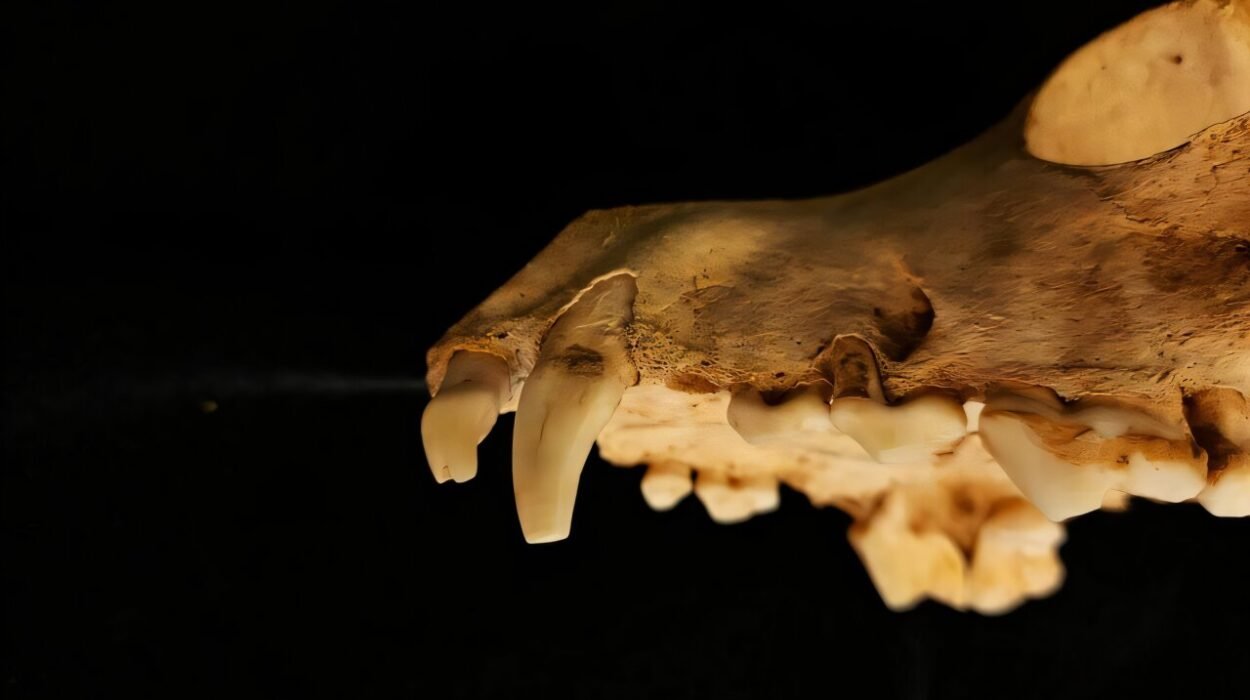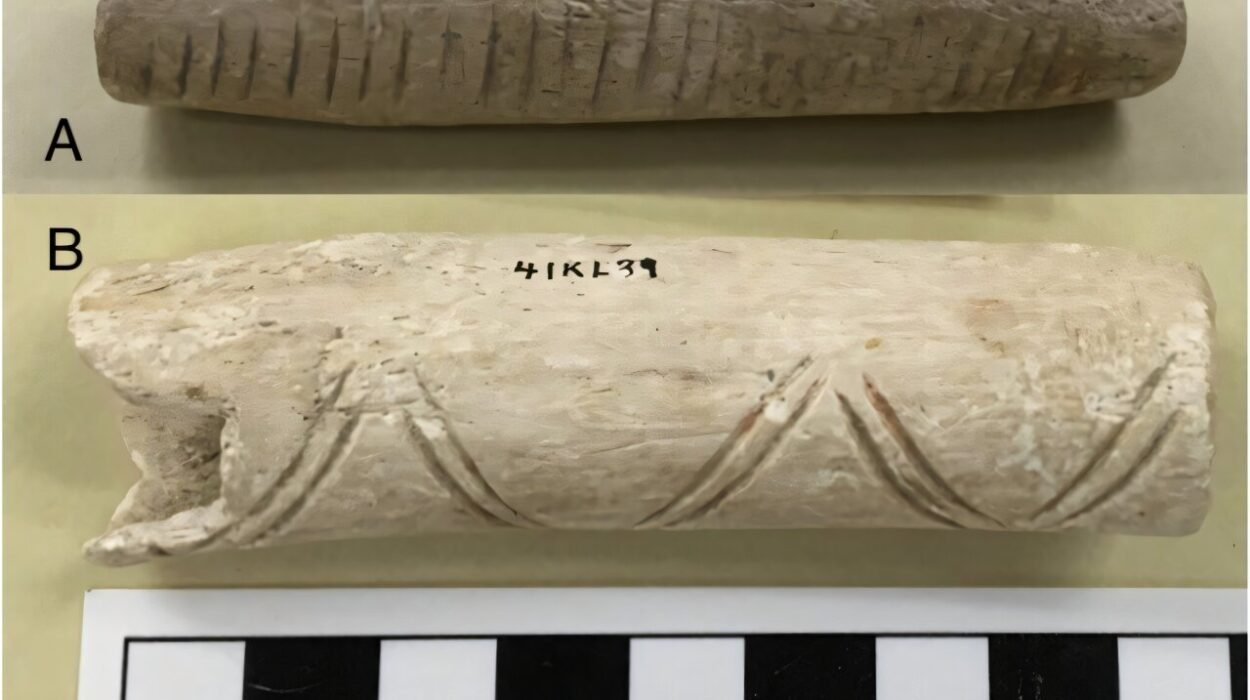In the quiet hills of northern Greece, nestled beneath layers of earth and time, the tombs of the ancient Macedonian royalty lie like riddles awaiting their answers. For decades, one particular riddle captured the imagination of scholars and history enthusiasts alike: the identity of the remains found in the Tomb of Persephone within the Great Tumulus of Vergina. Long thought to house the bones of Philip II of Macedon—the powerful father of Alexander the Great—this tomb has now yielded its secrets, and what they reveal reshapes a foundational chapter in ancient history.
It was 1977 when a team of Greek archaeologists, led by Manolis Andronikos, announced the astonishing discovery of the Great Tumulus in Vergina. The sprawling mound concealed a cluster of royal tombs, artfully hidden from centuries of grave robbers. These tombs were no mere burial chambers; they were time capsules from the Argead Dynasty, the bloodline that forged the Kingdom of Macedon and gave rise to one of history’s most legendary conquerors. Among the frescoes, gilded armor, and ceremonial weapons lay a puzzle wrapped in marble and gold: the Tomb of Persephone.
Named for a hauntingly beautiful fresco of the goddess Persephone being abducted by Hades, this tomb became the focus of intense scrutiny. Scholars long speculated that the remains within belonged to Philip II, the formidable king who unified Macedon, revolutionized its army, and set the stage for his son Alexander to conquer the known world. The story fit well with a murky chapter in Macedonian history. According to ancient accounts, Philip’s final wife, Cleopatra Eurydice, and their infant son were slain shortly after Philip’s assassination—allegedly on the orders of his fourth wife Olympias, Alexander’s fiercely ambitious mother. This tale of dynastic intrigue, jealousy, and revenge echoed through the centuries and cast a long shadow over the remains found in the Tomb of Persephone.
But now, in a meticulous new study published in the Journal of Archaeological Science, a cross-disciplinary team of archaeologists, biologists, chemists, and historians from leading European and U.K. institutions has upended this narrative with compelling evidence. Through the fusion of modern technology and historical analysis, the team has pulled back the veil of mythology to reveal a starkly different picture of who was laid to rest in this ancient chamber.
To unravel the mystery, the researchers first turned to radiocarbon dating—an essential tool in archaeology for determining the age of organic materials. By analyzing small samples from the bones and surrounding burial context, they pinpointed the timeline of death. The male remains, long attributed to Philip II, were revealed to belong to an individual who died between the ages of 25 and 35. Philip, by contrast, was nearly 47 years old at the time of his assassination in 336 BCE. Furthermore, isotopic analysis, which examines the chemical signatures preserved in bone and teeth, indicated a diet and geographic origin inconsistent with what is known of Philip’s elite, militarized lifestyle.
The woman buried alongside him, presumed to be Cleopatra Eurydice, fared no better under scientific scrutiny. Her remains were found to belong to a woman far too young to be Cleopatra, and osteological markers did not support any of the life experiences or traumas Cleopatra might have endured as a queen, a mother, and a political victim. Most startling, however, was the revelation concerning the infant bones scattered throughout the tomb. Earlier theories suggested the presence of a single child—the doomed son of Philip and Cleopatra. But forensic analysis now shows that the remains belong to multiple infants—at least six—none of whom could have been buried at the same time as the two adults.
This extraordinary finding throws cold water on the longstanding theory that the Tomb of Persephone served as the final resting place of a murdered royal trio. Instead, it appears that the infants were added to the tomb many years, even centuries, after the adult burials. This kind of secondary interment was not unheard of in ancient Macedon, especially for individuals of high social status or religious importance, but it complicates any effort to identify the tomb’s original occupants with certainty.
So, if not Philip II and his family, then who are the two adults buried with such solemnity and grandeur? While definitive identities remain elusive, the presence of luxurious grave goods, refined frescoes, and the very location within the Great Tumulus suggest they were individuals of considerable importance—perhaps senior members of the Argead court, military leaders, or close relatives of the royal family. The artistry of the tomb speaks volumes about their status. The fresco of Persephone is no mere decoration; it is a symbolic representation of the underworld, death, and rebirth, themes that resonated deeply with the ruling elite of ancient Macedon.
One compelling hypothesis is that the tomb may have belonged to a brother or cousin of Philip II, a noble whose name has faded from historical texts but whose role in Macedonian society was significant enough to merit a royal burial. Another possibility is that the tomb was originally built for someone else entirely and later repurposed. The reuse of tombs over generations was not uncommon in antiquity, especially during times of political turmoil or dynastic transition.
The findings from this study do more than correct a historical misattribution—they force a reexamination of the narrative surrounding Macedonian royal burial practices. For decades, the Tomb of Persephone was presented in textbooks and museums as the tragic scene of a royal execution, a place where ambition, betrayal, and family feuds reached their bloody crescendo. But science, as it often does, has stripped away the romantic gloss to reveal a more nuanced reality.
In many ways, this is the beauty of archaeology in the twenty-first century. Where once we relied solely on ancient texts—rife with propaganda, myth-making, and retroactive justification—we now have the means to interrogate those narratives using the hard data of biology, chemistry, and physics. Radiocarbon dating, isotopic analysis, and DNA sequencing are rapidly becoming the new scribes of history, offering clarity where ancient authors sowed confusion.
Of course, the reinterpretation of this tomb does not diminish the grandeur of the Great Tumulus or the importance of Vergina in the story of Macedonia. On the contrary, it opens new avenues for exploration. If Philip II is not buried in the Tomb of Persephone, then where is he? Could he lie in one of the other tombs yet to be fully investigated or understood? Or was his body, as some ancient sources suggest, subjected to funerary rituals so elaborate and destructive that little remains today?
There is also the broader question of how the misidentification occurred in the first place. In the heady days of the 1970s, when nationalism and archaeology often intertwined, there was immense pressure to find monumental connections to Greece’s storied past. Declaring the discovery of Philip II’s tomb made headlines, bolstered tourism, and elevated Greece’s archaeological prestige. But with time, perspective, and improved methodologies, the field has matured—and so has its willingness to embrace uncertainty.
This new study, then, is not just about bones in a tomb. It’s a story about how knowledge evolves. It’s about the humility required to admit that even cherished historical “facts” may not be facts at all. And it’s a tribute to the power of collaboration across disciplines. By bringing together archaeologists with biologists, chemists, and historians, the team behind this research has set a new benchmark for how ancient mysteries should be approached: not as puzzles to be solved with convenient answers, but as layered narratives requiring patience, precision, and an openness to surprise.
The Tomb of Persephone will continue to fascinate. Its frescoes still whisper of underworld journeys, its artifacts still speak of power and loss. But now, thanks to science, we know that its story is not what we once believed. And that, perhaps, is the greatest discovery of all.
More information: Yannis Maniatis et al, New scientific evidence for the history and occupants of tomb I (“Tomb of Persephone”) in the Great Tumulus at Vergina, Journal of Archaeological Science (2025). DOI: 10.1016/j.jas.2025.106234






